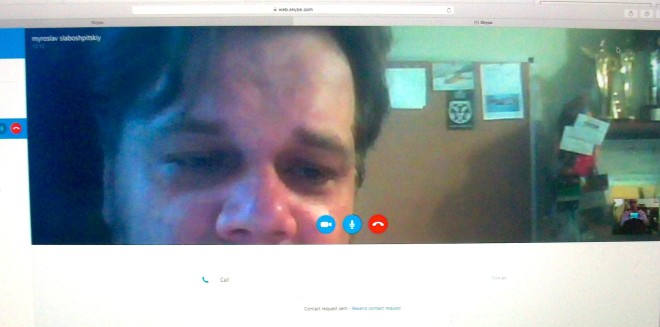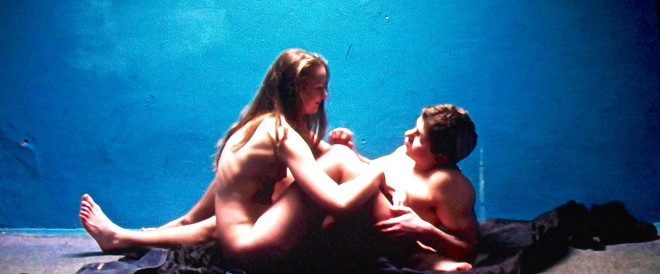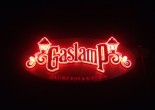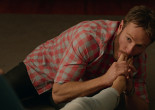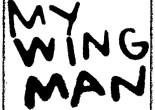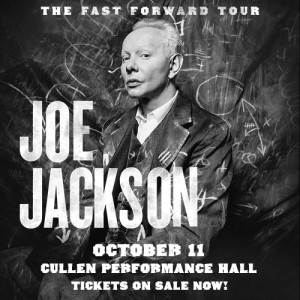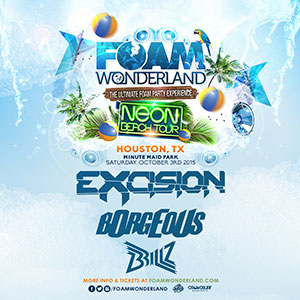The Tribe: Interview with Miroslav Slaboshpitsky
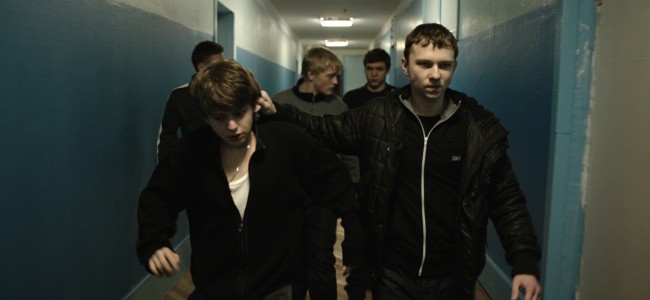
The Tribe is hands down one of the most unique and transformative films ever made. Not to be effusive but when the opportunity to interview The Tribe’s writer/director Miroslav Slaboshpitsky via Skype was proffered I jumped at the assignment.
The Tribe unfolds with no dialogue as we follow a deaf teen at a boarding school. The entire film is told in Ukrainian sign language with no subtitles. Essentially The Tribe works like a silent film. You understand the story through the visual mise en scène. The plot however takes the viewer on a journey through hell.
Hours after arriving at his new home the protagonist is recruited into a kind of young adult crime ring run by older deaf students. Prostitution and robbery become the daily lesson plan. The Tribe has some graphic sex scenes to be sure. These scenes, and others including an abortion sequence and a violent climax, unfold mostly in lengthy one-take shots that add credibility to The Tribe’s sense of cinematic ethics.
I have tried to preserve Miroslav’s manner of speaking, as his English was very good even though he spoke using irregular syntax. (You should hear me trying to speak Ukrainian.)
Free Press Houston: What was your original concept for the film?
Miroslav Slaboshpitsky: Actually, when I was young boy I studied in a school – the film was shot at the same school I attended in my childhood – and on the opposite side of the road was a boarding school for the deaf. I saw how deaf people communicate with each other through sign language. For me it looks like a miracle, you know, it looks like the people can directly exchange feelings and communicate without the need for words.
I was studying at film school in the ‘90s, lots of modern ways of making bold films were taking place. I thought it would be a great idea to make a modern silent film. But I did not want to make a stylized silent film, I think I need to have a real reason why people do not pronounce the words. A modern film without translation and without subtitles. Much later I developed the story and made the film.
FPH: How did you establish the rapport with the actors? There’s one scene where the protagonist is forced to strip before the other boys and even when he is taking off his socks he never puts his foot down on the ground.
MS: This scene you mention, I don’t know if you understand it. Because they are testing him to see if he uses drugs and needles in particular. All the places on his body is places for injection. That is very common here, when you are caught by police they want to know if you are a drug person or not. It’s a very important scene.
Concerning how I was working with actors it was very easy. I’m working in the same way as with any other non-professional teenagers. I mean we use an interpreter for everything, an interpreter for casting and an interpreter on the set all the time. When you have a group of non-professional actors you must have workshops and preparation. We signed the actors to a monthly fee and they are there every day so they have a real job, like in office for example. Day by day they come into the school and we rehearse. We can spend seven days on rehearsing the scene and then when we’re completely ready we set up the film equipment. We did that day by day until the end of the film.
FPH: The film contains many long takes. How many edits are in the film?
MS: I am not sure, I think 34 or 36. The film runs two-hours and 13-minutes.
FPH: You have one scene where the camera is stationary and we are observing action taking place inside two offices from the outside looking in through the windows. The performers are framed by the windows. Then the camera pulls back as people walk along the sidewalk and we track with them and the tableaux takes on a new rhythm and the scene continues with a different meaning. It’s like something at the beginning of Orson Welles’ Touch of Evil or Robert Altman’s The Player.
MS: Thank you what can I say. We discussed this scene because my DP really did not love this way of shooting. We had a long discussion about it.
FPH: Is there a universal sign language? Are the actors using Ukrainian sign language?
MS: It’s Ukrainian and partly Russian sign language, but mainly Ukrainian. There is an international sign language but we make film with the Ukrainian sign language. A person who speaks American sign language or French sign language would understand approximately 20-percent, not more.
FPH: The title is “Plemya” – does that’s also mean tribe?
MS: Yeah, more or less of course you know all translations have a different sense but yes it is the tribe.
FPH: You are in Kiev, which is close to Chernobyl. Have you ever been to Chernobyl?
MS: Actually I made a short film about Chernobyl [Nuclear Waste (2012)] and I was a journalist in the ‘90s and I wrote about Chernobyl. My next full-length project is about the Chernobyl exclusion zone. Chernobyl is 130 kilometers from my apartment.
FPH: The sex scenes in The Tribe are provocative yet very much like stylized art house films. They are erotic but not pornographic. How did you go about shooting those scenes?
MS: The sex scenes are very funny, by the way did you know the deaf community create an official nickname for The Tribe in sign language. [Miroslav demonstrates by signing the word with interlocked fingers.] It looks like this – it means 69.
Considering the sex scenes of course we had a lot of rehearsals. We had a problem with Yana [Navikova] because she is a girl and she’s very young and she has a boyfriend and he was completely against nudity. We had no problem with the male character because he’s a cool guy and he plays a cool character – it’s not any damage for his image. But of course for Yana, she’s from small Russian village and is very conservative, their society is very small and conservative. We had a long discussion about it and the nudity. I must tell you people who played roles in the film, they didn’t study in the cinema school, they don’t know film history and they know two kinds of film. One kind is mainstream, Hollywood, and the other kind is porn and nothing in between. We show them a number of art films that have sex scenes like Michael Winterbottom’s 9 Songs, Larry Clark films, and Blue is the Warmest Color. Yana was really impressed by Blue is the Warmest Color and its star Adèle Exarchopoulos. It was a step-by-step process. It’s very funny. We ask everybody to leave us alone, and it was only me and Yana and the translator and the DP. And the first day it was trying to find subsidence of the scene. By the time we shot the 69 scene they break the border. The abortion scene was easy, because after all the sex scenes it came naturally.
FPH: The abortion scene was mind blowing and tense. It’s a very controversial subject in America and worldwide. The fact that you shot it in one take makes it very personal. Can you talk about preparing that scene?
MS: We sold the film in 44 countries but the first was in France. I visited Paris to support the release. I was having dinner with my distributor and he explains how he can promote the film. We got a 16+ in France. For example Blue is the Warmest Color has a 13+. He told me ‘You know we have no problem with the sex scenes in your film, it’s okay for us, but the violence is the main problem.’ When I have same discussion with my distributor in United States he told me ‘You know we have no problem with the violence but the sex is the main problem.’ I stop to tell this story and forget your question.
FPH: Talk about the soundscape of the film. There’s no dialogue but we hear the sounds of cars and the natural sounds of the environment. How did you mix the soundscape?
MS: My sound designer Sergey Stepansky is one of the better and one of the most expensive sound designers in Kiev. When I called him and proposed to make The Tribe I told him he should pay me for the opportunity to make this film. Many sound designers go through life and have no chance to do something this special. The concept of sound design is very easy to me, it is the point of view of the person who can hear the deaf person. So if you see the deaf person on the street you hear what is happening all around, the cars, anything. That was the main concept and Sergey did it. We use foley sound in many places for special sounds but it is mainly the sound recorded on the stage.
The Tribe opens exclusively this weekend at the Alamo Drafthouse Vintage Park.
— Michael Bergeron


